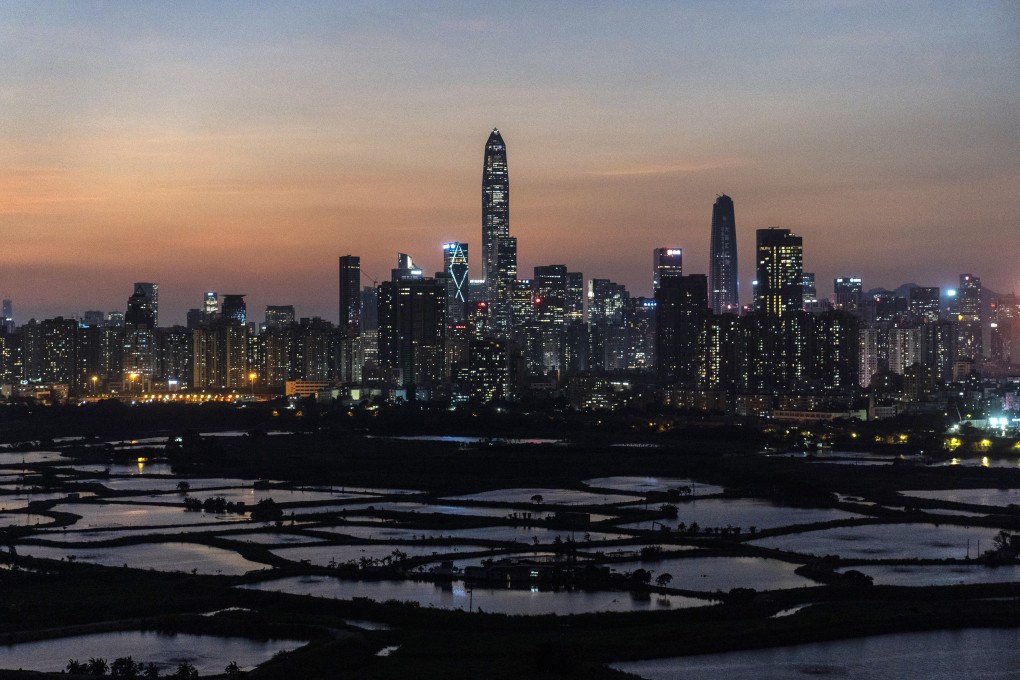Shenzhen’s central spot in China’s ambitions to achieve self-sufficiency in core tech underscored by Beijing’s new plan
- Under new plan, Shenzhen will be given the autonomy to set up a global trading centre for electronic components and semiconductors
- Analysts say the new plan will help to lower industry costs by establishing a unified centre for customs, logistics, financing and storage

Under the new plan drafted by China’s state economic planner, Shenzhen will be given the autonomy to set up a global trading centre for electronic components and semiconductors, to accelerate data exchange and turn scientific development into real world applications, among other initiatives.
Similar to the early 1980s, when China’s former paramount leader Deng Xiaoping picked Shenzhen as a special economic zone to experiment with opening up to the capitalist world, the latest initiative underlines Shenzhen’s economic importance as China seeks to protect its position in global value chains amid intensifying rivalry with the United States.
By leveraging Shenzhen’s existing economic power and the city’s important role in global hardware sourcing, the Chinese government is seeking to turn Shenzhen, which has been designated as a socialist model city, into a bridge to the global technology community for the whole country, analysts said.
“Developing the high tech sector and [achieving] self-sufficiency [in core technologies] is at the centre of the plan,” said Dan Wang, chief economist for Hang Seng Bank China.
Wang noted that China wants to strengthen its supply chain security, as outlined in the country’s 14th 5-year plan. “Shenzhen is a pilot area to experiment with policies that will lower costs and improve efficiency.”
Shenzhen is home to many of China’s Big Tech firms, including Tencent Holdings, drone maker DJI Technology and Huawei Technologies Co, all of which have been caught up in escalating tech tensions between Washington and Beijing. Huawei is currently subject to trade sanctions that have cut off its access to high-end US components, setting back its telecoms businesses.